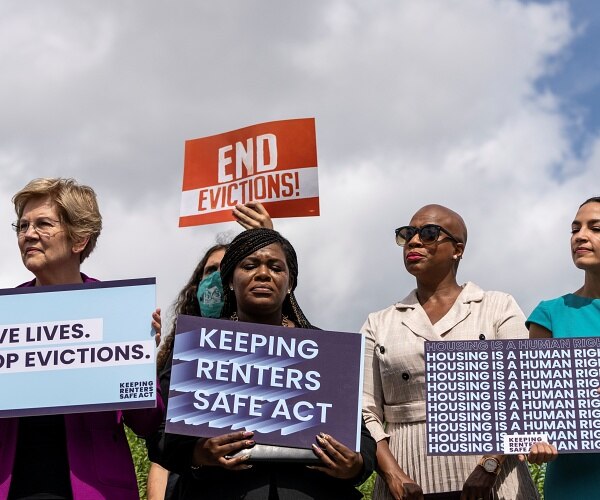The Latest News
More Rental Aid Reaching Tenants to Stave Off Eviction

The Treasury Department announced Friday that almost a month has passed since a federal moratorium on evictions was lifted. It said that nearly a 1.4million payments were made by states and cities in August, and the pace of distributions has increased from the previous month.
Tenants received 16.5% of the tens of billions in federal rental assistance last month, as opposed to 11% in July. The department overseeing the program’s latest data also showed that cities and states that took too long to launch their programs are now sending out tens of million dollars.
Officials from Treasury acknowledged that they weren’t satisfied with the distribution. They insisted that what had been distributed so far was significant and that the money was helping families stay in their homes.
This latest update comes as pressure mounts to quickly distribute the funds after the Supreme Court allowed evictions to resume in August. A temporary freeze was imposed by the Coronavirus pandemic because of the court’s conservative majority.
Although evictions are not on the rise in most areas, there is concern that millions of tenants who could qualify for assistance may be forced to leave before they receive it. According to the Census Bureau’s Household Pulse Survey, nearly 3.3 million people indicated that they were likely to be evicted within the next two months. More than 3.6 million people were surveyed between Aug. 30 and Sept. 13.
While $46.5 billion was approved by lawmakers for rental assistance, states and cities have been allocating the initial installment of $25 billion to their respective cities and states. This amount must be spent by September 30, 2022. The second installment, which is $21.5 billion can be allocated through September 30, 2025.
Officials from Treasury said that the strongest signs of progress were coming from New Jersey, New York and South Carolina which have struggled with their programs. New Jersey sent no money in its first quarter but has now distributed 78% of the first installment money. It also doubled the number of households it served in August, compared to July.
Florida saw an increase in spending from $60.9 million in July, to $141.4million in August. South Carolina saw a decrease in spending from $10.6 million up to $25.3 million. New York saw an increase of $8.5 million to $307million.
Among cities and counties, New York, Los Angeles, and Miami-Dade County in Florida, collective reached nearly 27,000 households and spent more than $347 million in August, compared with $800,000 in May.
But there were laggards.
Ohio, which was strong in its beginnings, has seen its distribution drop slightly. Kentucky saw a slight decline in spending, from $13.1 Million in July to $11.9 Million in August. Iowa distributed $7 million in August.
“Nearly 1.5 million families helped is meaningful progress, but the overall rate of spending emergency rental assistance remains too slow,” Diane Yentel, CEO of the National Low Income Housing Coalition, stated in a statement.
Housing advocates blame President Donald Trump’s Treasury Department for the slow rollout. They claim that his administration was slow in explaining how the money could have been spent. Although the Biden administration’s guidance was clearer, they claim that the process is still more focused on helping tenants than preventing fraud.
According to the Treasury Department, August’s increased spending was due to tenant assessments of their income and risk of becoming homeless. Fearing fraud, many states and local governments have implemented measures that can take weeks for applicants to be verified they are eligible for assistance.






